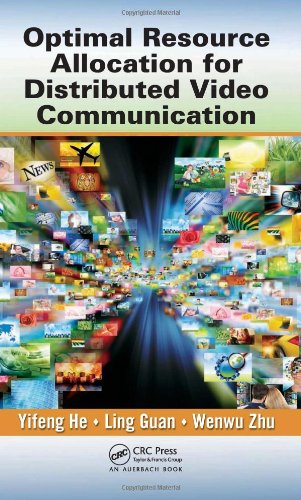

Most ebook files are in PDF format, so you can easily read them using various software such as Foxit Reader or directly on the Google Chrome browser.
Some ebook files are released by publishers in other formats such as .awz, .mobi, .epub, .fb2, etc. You may need to install specific software to read these formats on mobile/PC, such as Calibre.
Please read the tutorial at this link: https://ebookbell.com/faq
We offer FREE conversion to the popular formats you request; however, this may take some time. Therefore, right after payment, please email us, and we will try to provide the service as quickly as possible.
For some exceptional file formats or broken links (if any), please refrain from opening any disputes. Instead, email us first, and we will try to assist within a maximum of 6 hours.
EbookBell Team

4.3
58 reviewsWhile most books on the subject focus on resource allocation in just one type of network, this book is the first to examine the common characteristics of multiple distributed video communication systems. Comprehensive and systematic, Optimal Resource Allocation for Distributed Video Communication presents a unified optimization framework for resource allocation across these systems.
The bookexamines the techniques required for optimal resource allocation over Internet, wireless cellular networks, wireless ad hoc networks, and wireless sensor networks. It provides you with the required foundation in video communications, including Peer-to-Peer (P2P) networks, wireless networks, and visual sensor networks.
Whether you’re in industry or academia, you’ll value how the book outlines current challenges facing the field and outlines a general solution framework for addressing these challenges. From problem formulations and theoretical analysis to practical algorithms, it facilitates the comprehensive understanding required to achieve optimized video and multimedia communications.
Detailing methods that can immediately improve the performance of your video communication systems, this book presents multiple applications of optimal resource allocation. For each of the applications, the authors present the problem formulation, the distributed algorithm, and the simulation results.